
What do data, bacteria, agendas and paninis all have in common? Their ability to ignite a singular vs plural debate.
Why so much confusion? Well, firstly, it comes down to how you view foreign words that have been incorporated into English. Should they retain the grammar of their original language, or adopt our ways? Secondly, there’s the debate about whether popular usage should trump historical convention. And thirdly, there’s the dependable English rule that there is no dependable rule.
So is data singular or plural? For the short answer, you can just skip to our recommendations. For the longer and far more thrilling version, read on.
English mass noun or Latin plural?
Some people claim that you can’t write ‘the data shows that’ because data is plural. It should be ‘the data show that’, they say. They’re partly right, in that data is the plural form of the Latin datum. But they’re wholly wrong if they suggest that you can’t ever use data with a singular verb.
This is because data also works as a mass or uncountable noun, like water, air, advice or furniture. Mass nouns take a singular verb: ‘the water is seeping in’, ‘the evening air was cool’, ‘his advice was good’, ‘the furniture had seen better days’.
If you want to count mass nouns, you have to assign them a unit – so ‘three litres of water’, ‘great lungfuls of air’, ‘a few words of advice’, ‘two items of furniture’, for example. With data, we tend to talk about ‘sets of data’, ‘pieces of data’ or ‘points of data’. These then take the plural form of the verb – ‘The final three pieces of data have just arrived.’
However, with data there are also times when it makes more sense to use the plural even if you’re not assigning a unit. If you’re discussing specific points of data plotted on a graph, for example, it would be more natural to say ‘these data in the left-hand corner don’t seem to fit with the rest’.
What about datum?
So where does datum fit into all this? Curiously, while us fickle English speakers have been happily using data since around 1700, we’ve never had much of an appetite for datum, except for in specialist fields such as surveying, cartography (map-making) and geodesy (a scientific discipline that deals with the measurement and representation of the Earth).
In general English, it’s rare that you’ll want to write about a singular datum – you’d usually call that a fact, figure or a statistic. Even when it is specifically a single piece of data you’re talking about, you’re still more likely to call it exactly that: a piece of data.
OK, so that’s simple, then: singular for an uncountable mass of data (‘the data is still pouring in’), plural when you’re singling out points within that mass (‘but these data at the bottom of the graph show that the results weren’t consistent’) and plural for units (‘three pieces of data didn’t fit with the overall trend’). Simple, right? If only.
‘But, but, but – data is plural!’
For many people, the mass noun argument still doesn’t justify the use of data with a singular verb. Ever. They insist that it should be referred to as a plural at all times. And it’s not just retired Latin teachers who hold this view – the The Telegraph style guide agrees.
But the times they are a-changing, as this Google Ngram graph, which measures instances of letter combinations in more than five million books, shows. For most of the past century, plural usage has been far more common, but since the mid 1980s, it has fallen – while singular usage has continued to rise. If you switch the filter on the graph to American English, you’ll see that the gap between the two has narrowed even more.
So much so that in July 2012 the Wall Street Journal changed its house style. Its style guide editor, Paul Martin, said at the time:
‘Most style guides and dictionaries have come to accept the use of the noun data with either singular or plural verbs, and we hereby join the majority.
‘As usage has evolved from the word’s origin as the Latin plural of datum, singular verbs now are often used to refer to collections of information: Little data is available to support the conclusions.
Otherwise, generally continue to use the plural: Data are still being collected.’
Here in the UK, the Guardian has gone even further, championing the use of the singular as a general rule. Style guide editor David Marsh says: ‘It’s like agenda, a Latin plural that is now almost universally used as a singular. Technically the singular is datum/agendum, but we feel it sounds increasingly hyper-correct, old-fashioned and pompous to say “the data are”.’
A balanced view
Sorry to disappoint you by coming over all conciliatory, but the truth is that there’s no clear-cut right or wrong here. There’s a time and a place for each of these usages. The mass noun (singular verb) feels most natural when you’re talking about collections of data – which is, let’s face it, most of the time. The plural usage, however, remains standard in economic, scientific and academic writing. Datum is common in surveying, cartography and geodesy. And a geodetic datum even has a different plural: datums.
Deciding on a house style
In deciding on your own organisation’s house style, you’ll need to take into account how traditional or modern-minded your readers are, as well as what’s considered standard in your industry.
Here are our recommendations, which you can adapt to suit your own organisation:
1. When the data you’re writing about is a mass or collection, use the singular: ‘the data is in’, ‘the data shows that’ and ‘the data hasn’t arrived yet’ are all fine.
2. When the emphasis is on specific points within a data set, use the plural if it makes more sense: ‘the data in the bottom-left corner represent the first experiment’, ‘some of the data haven’t arrived yet’, ‘these data form a clear pattern’.
3. Unless it’s relevant to your industry, don’t use datum when you’re talking about a single point of data. Use point of data, piece of data, or even statistic, fact or result.
OK. That’s data dealt with. But which singular/plural battle should we put on the agenda/agendum for next time?
Here’s a datapoint: our free writing guide, The Write Stuff, has helped over 80,000 professional transform their writing at work. You can download your free copy here and see a positive trend in the development of your writing skills. (There are, sadly, fewer puns in the ebook.)
Image credit: Chim / Shutterstock
Subscribe
Expert advice to your inbox


